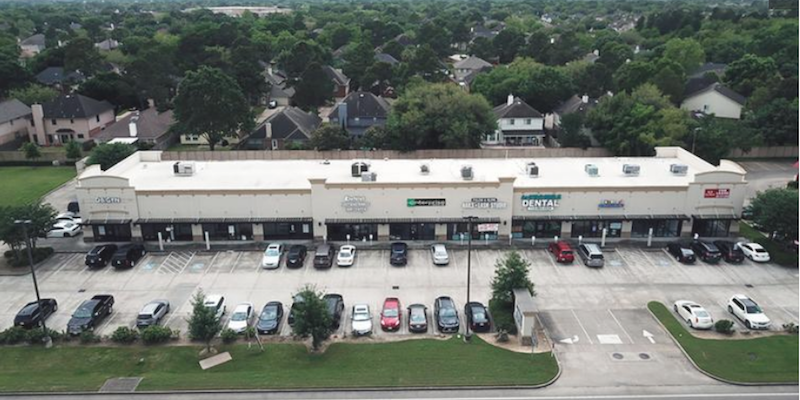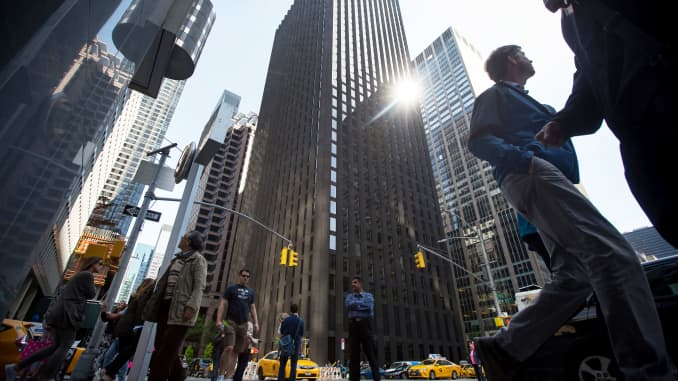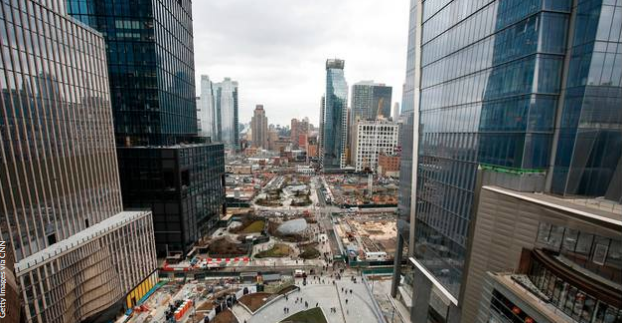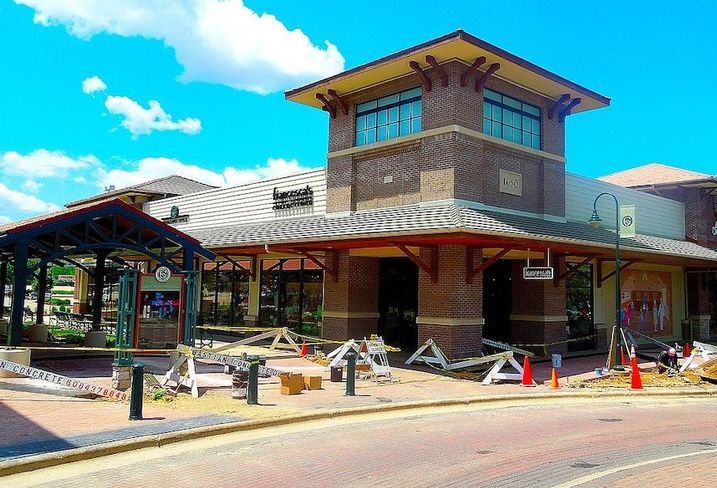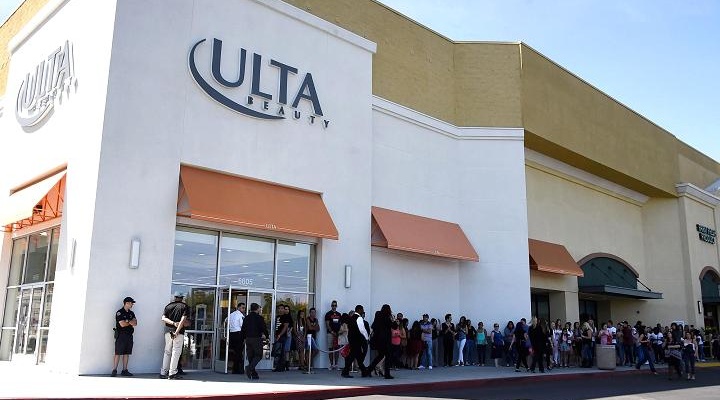Commercial Real Estate
By definition, commercial real estate pertains to various types of properties which are not used for residential purposes – this includes retail properties, office buildings, apartments, or even vacant land that can be developed for commercial purposes. Houston has several commercial real estate brokers, and CXRE Commercial Real Estate is one of the companies offering management and leasing services specifically for business properties. Even with top agencies such as CXRE, it is unfortunate that the commercial real estate industry still does not seem to witness its full potential. Hence, the commercial real estate industry in Houston aims to reinvent how they do business by enticing millennials who have the courage in starting up their own companies with a tenant-centric mindset.
Millennials and Start-up Companies
There are differences, but not opposing views, over the span of years that millennials are born. Nonetheless, millennials make up a quarter of the world’s population, making them a significant consumer group. They are also most passionate in what they believe in that the rise of social enterprises came hand in hand with the millennial generation. Alongside with the rise of social enterprises is the boom of start-up companies, powered by no one else but millennials themselves. These are the reasons why different industries attempt to lure millennials into their circle because millennials are considered the future of further economic growth.
Houston’s Commercial Real Estate and the Millennials
Houston’s commercial real estate industry is no different from other industries, attracting millennials to invest in their business. After all, the founder of the most popular start-up
companies born out of rented apartments are no other than millennials. Hence, most brokers now offer:
- Connectivity. Brokers are ensuring that the properties and locations they offer have internet availability because this is the main factor that is essential for a business typically founded by a millennial.
- Integrated Systems. Millennials prefer convenience, which is why walkability and systems integrated within the business location such as nearby hospitals, schools, parks, and grocery stores are being ticked as essentials in the property offer.
- Neighborhood. Even business areas are now made friendlier, in favor of the millennials, both in terms of the amenities offered and environment sustainability. Studies show that more and more millennials are now being aware of the environmental impact of their actions, hence their goal is to minimize their carbon footprint, which is why they prefer locations that are environmentally friendly, at the same time economical.
Final Word
It is true that the millennial generation has a great impact, not only in the commercial real estate industry but in different industries. With the millennials accounting for a quarter of the world’s population, it cannot be denied that this generation has the potential to reshape Houston’s commercial real estate industry, and in a bigger sense, the future.

